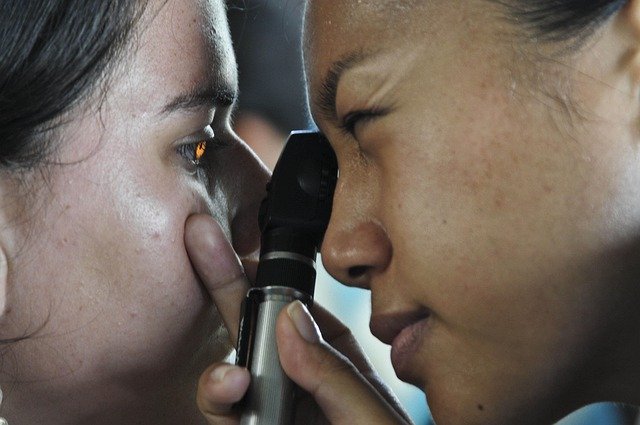Automotive Augmented Reality: The Future of Driving Experience
Automotive technology is continually evolving, and the latest trend to hit the streets is augmented reality (AR). While AR has been making waves in everything from gaming to healthcare, its application in the automotive world is a relatively recent development. This article will delve into the history, technological advancements, and the current trends of AR in the automotive industry, while also exploring the impact, benefits, and challenges it presents.

A Glimpse into the Past: The Genesis of AR in Automotive Industry
The concept of augmented reality is not new. However, its application in the automotive sector began to gain traction in the mid-2010s. Several car manufacturers, including Mercedes-Benz and BMW, experimented with AR technology to enhance the driving experience. These early attempts largely focused on head-up displays (HUDs) that projected speed and navigation information onto the windshield, keeping the driver’s eyes on the road.
Technological Developments: How AR is Changing the Game
With advancements in AR technology, its application in the automotive industry has grown beyond mere HUDs. Today, AR is used for a variety of purposes, including car design, manufacturing, and maintenance. However, the most exciting development lies in the realm of AR-assisted driving. These systems overlay real-time information onto the driver’s view of the road, marking everything from potential hazards to parking spaces. Some systems even project directional arrows onto the road surface, guiding the driver along their route.
Current Trends: The Rise of AR-Assisted Driving
One of the most significant trends in the automotive AR technology is its integration into the car’s infotainment system. This allows manufacturers to provide drivers with a more immersive and interactive driving experience. For instance, AR can be used to display points of interest, such as restaurants and gas stations, onto the driver’s view of the road. Furthermore, more and more car manufacturers are partnering with tech companies to develop more advanced AR systems.
The Impact of AR: Benefits and Challenges
The benefits of AR in the automotive industry are myriad. Most notably, it enhances safety by providing drivers with real-time information and alerts about their environment. AR can also improve the driving experience by providing helpful navigation guidance. However, there are also challenges associated with AR. The technology is still in its early stages, and there are concerns about potential distractions. Moreover, the integration of AR into vehicles is a complex process that requires significant investment and expertise.
The Road Ahead: The Future of AR in Automobiles
Looking ahead, the future of AR in the automotive industry seems bright. As the technology matures, AR-assisted driving systems are expected to become more sophisticated and commonplace. Moreover, as the cost of AR technology comes down, it is likely to become a standard feature in many cars. However, for this potential to be realized, car manufacturers and tech companies will need to overcome the current challenges and ensure that AR enhances, rather than distracts, the driving experience.
In summary, augmented reality is set to revolutionize the automotive industry. While challenges remain, the potential benefits of AR-assisted driving are enormous. As we look to the future, it’s clear that AR will play a crucial role in shaping the driving experience of tomorrow.




